You can also listen to this article in the voice of own Plastic Artist Rosângela Vig:

What guilty spirit, in what shrubbery dim,
heard not, the stirring, summons of that hymn?
But, two; they fell, for heaven, no grace imparts
To those who hear not for their beating hearts.
A maiden-angel and her seraph-lover…
O! Where (and ye may seek the wide skies over), Was Love, the blind
near sober Duty known? (Effort will
Pick it up at skeptical spaciousness).
No guide, love fell bewildered,
Through "tears of perfect moan".
(POE, 1999, p.42)
Al Aaraaf is the longest poem of Edgar Allan Poe (1809-1849). In this short passage, it is possible to understand why the writer became the greatest representative of Romanticism, in the United States, and his Works, world-renowned. His style was unique, his writing has shown the drama, the mystery and the emotion. His unmeasured romanticism was, and often, pessimistic, somber and made references to the afterlife. The writer still brought imaginative spirit, this poem, mythological elements and historical facts.
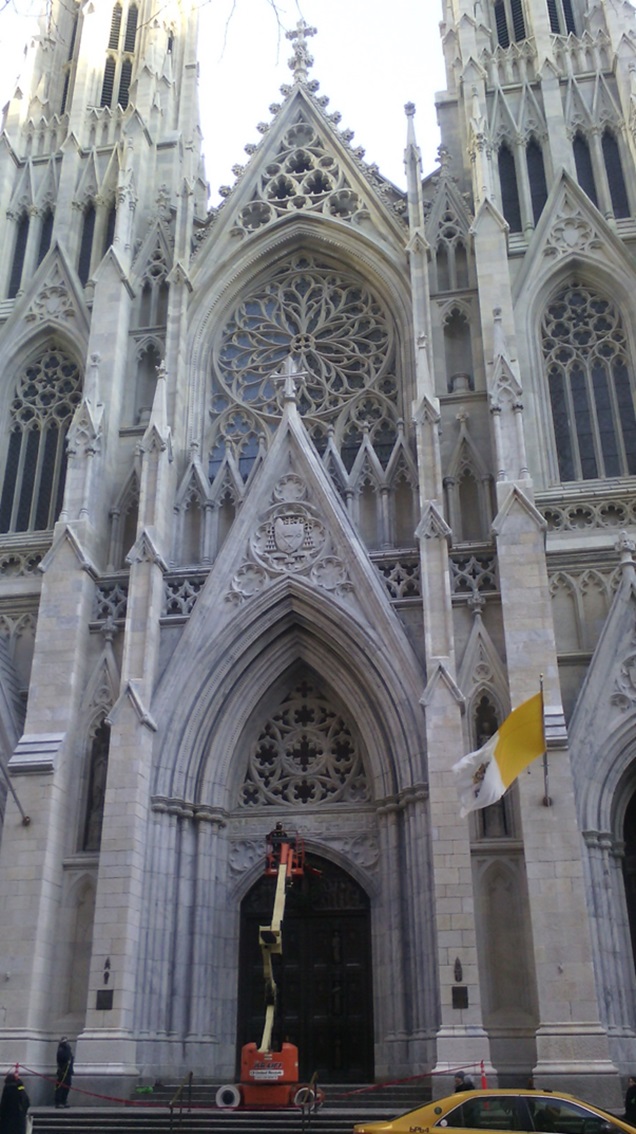
The Industrial and the French Revolutions, at the end of the 18th century, modified the panorama of Europe, of the 19th century. In Art, there were several movements that emerged, fomented by these transformations, such as, the Romanticism, that acquired strength and transited through Politics, by Philosophy, by Music, Literature and the Arts. In shape, were on display the traits of sensibility, the exaggeration, the subjectivism, unbridled passion and virtuosity. The Art tightened its ties with Poetry and Literature, through medieval and heroic stories; and nationalist ideals came to be valued.
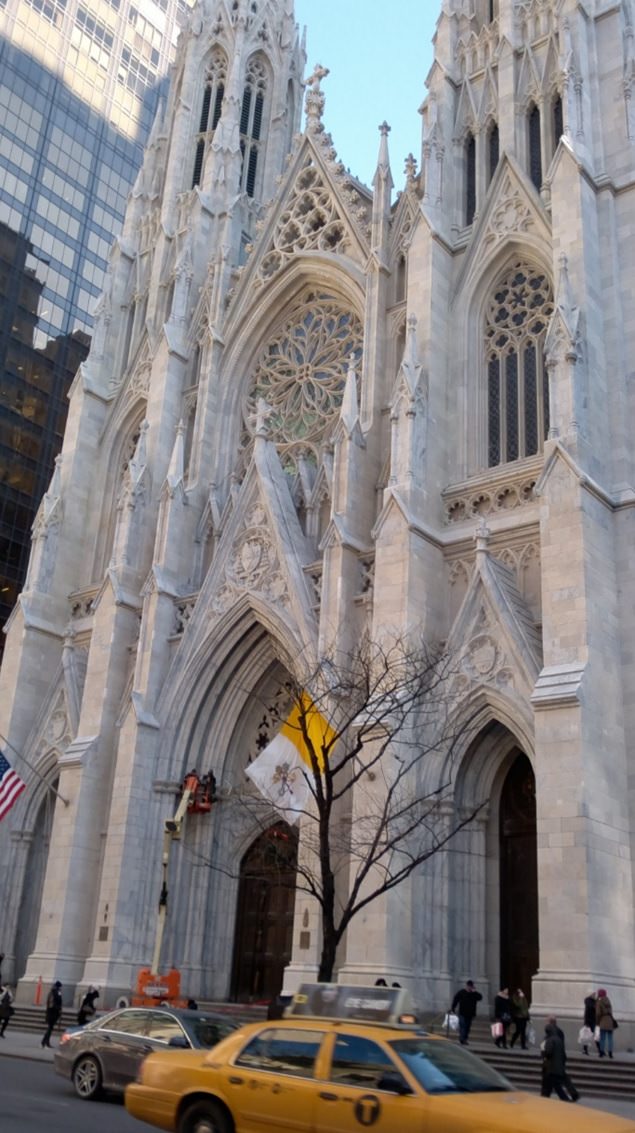
For some scholars, there is a connection between the Neoclassical and Romanticism, since, in different ways, it is common to both, the search for an ideal. As for form, the romantic style contradicted rationalism and opposed the balance and conservatism of Neoclassical. This opened up, with it, space for the externalization of the individual's emotions, promoting the appreciation of the creative spirit and the imagination. It was up to the artist, to allow freedom to seize his spirit and to lead him to an independent creation.

What I said earlier about painting can, certainly, apply to poetry. It is all about feeling what is exquisite and dare to express it, and that is, to be exact, to say a lot in a few words. (GOETHE, 2009, p.30)
The Architecture
This love, this fidelity, this passion is not, a fiction of the poet! It lives, it exists, in its purest state, among the class of men we call uneducated, who seems to us so gross at times. (GOETHE, 2009, p.121)
Autonomy gave wings to architects imagination and 19th century was the period of aesthetic revivalism. Eclecticism and freedom left artists free to roam through other times, bringing back the Greek and Roman precision as in the Neoclassical. In Romanticism, the ideals, nationalism and exaggerations were associated with the Middle Ages, thus resuming, Romanesque and Gothic styles. Architects, had to digress the paths of dream and fantasy, the main romantic attributes.

In France, the books of Victor Hugo 1 (1802-1885), The Hunchback of Notre Dame and Les Miserables, may have served as inspiration for the constructions of the time. The setting of the writer's works led the architect François Christian Gau (1790-1853) to the construction of the Basilica of St. Clotilde, in Paris, later completed, by Théodore Ballu (1817-1885). The Church, erected between 1846 and 1857, was one of the first neo-Gothic buildings, a feature that is clear in the form of arches, the doors, and windows; the high towers of almost 70 meters of height, give a final sensation of verticality. Inside, the stained glass windows and the organ built by the famous French organist of the time, Cavaillé-Coll (1811-1889) seem to lead to other times.

Among the neo-Gothic buildings in Germany, the first was the Friedrichswerder Church, by Karl Friedrich Schikel (1781-1841), built between 1824 and 1830, in Berlin. It is also in Berlin, the neo-Gothic district, of the architect Friedrich Waesemann (1813-1879). The style is still present in the Cologne Cathedral, in the German city, of the same name, whose construction began in 1248 and ended only in 1880.

One of the most important churches in New York, Saint Patrick's Cathedral (Fig. 1), by James Renwick Jr . (1818-1895) is also neo-Gothic and stands out in the midst of the great city, surrounded by modern buildings. Built between 1858 and 1878, the building can accommodate three thousand people and occupies an entire block of the city. The sensation of verticality and of ascension towards God is due to the immense towers, that overpass 100 meters of height; and to the roof in the form of a cross. Refer to the religiosity, the ogive arches (Figures 3 and 4), resemble the hands in prayer and refer to the style that came from the Middle Ages, and complete the beauty of the stained glass, the floor and the sculptures.

Freedom and eclecticism of Architecture was associated to movement, joined organic and exotic forms. Neo-Gothic is still present in England, in Westminster Castle (1840-1888); in Bavaria, Germany, the Neuschwanstein Castle (1870-1892) is neo-Romanesque; in France, Opera de Paris, by Charles Garnier (1825-1898) is neo-Barroque; in Portugal, the National Palace of Pena, inherited the neo-Gothic, neo-Islamic and neo-Renaissance.
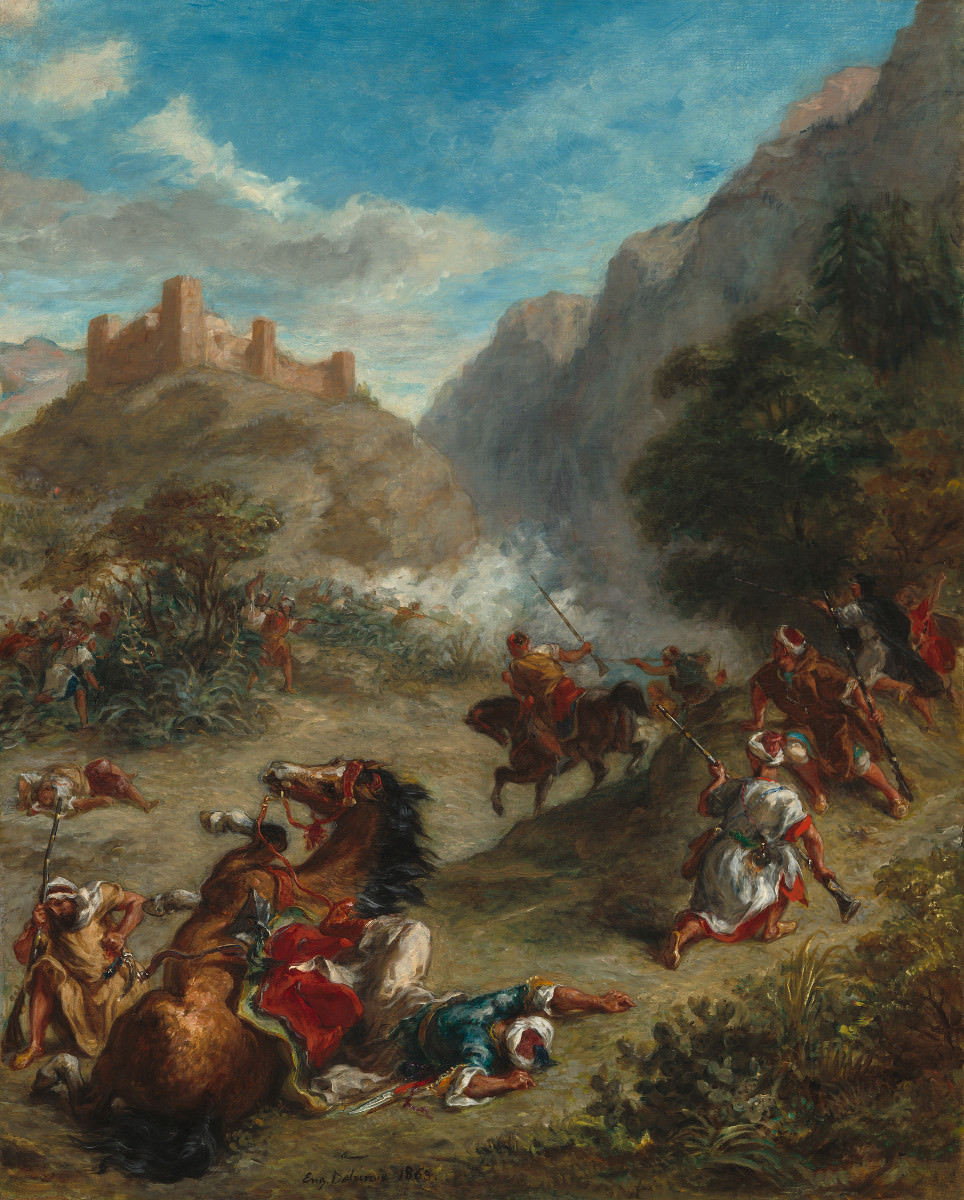
Industrial Revolution stimulated the use of new technologies and new materials, such as iron and glass. In the constructions of that time, the use of the metal structure, demonstrated the versatility of this material and anticipated Art Nouveau. Perhaps, trace most of the period, has been the spontaneity that allowed the architects to navigate freely through creativity, opening space for the modern.
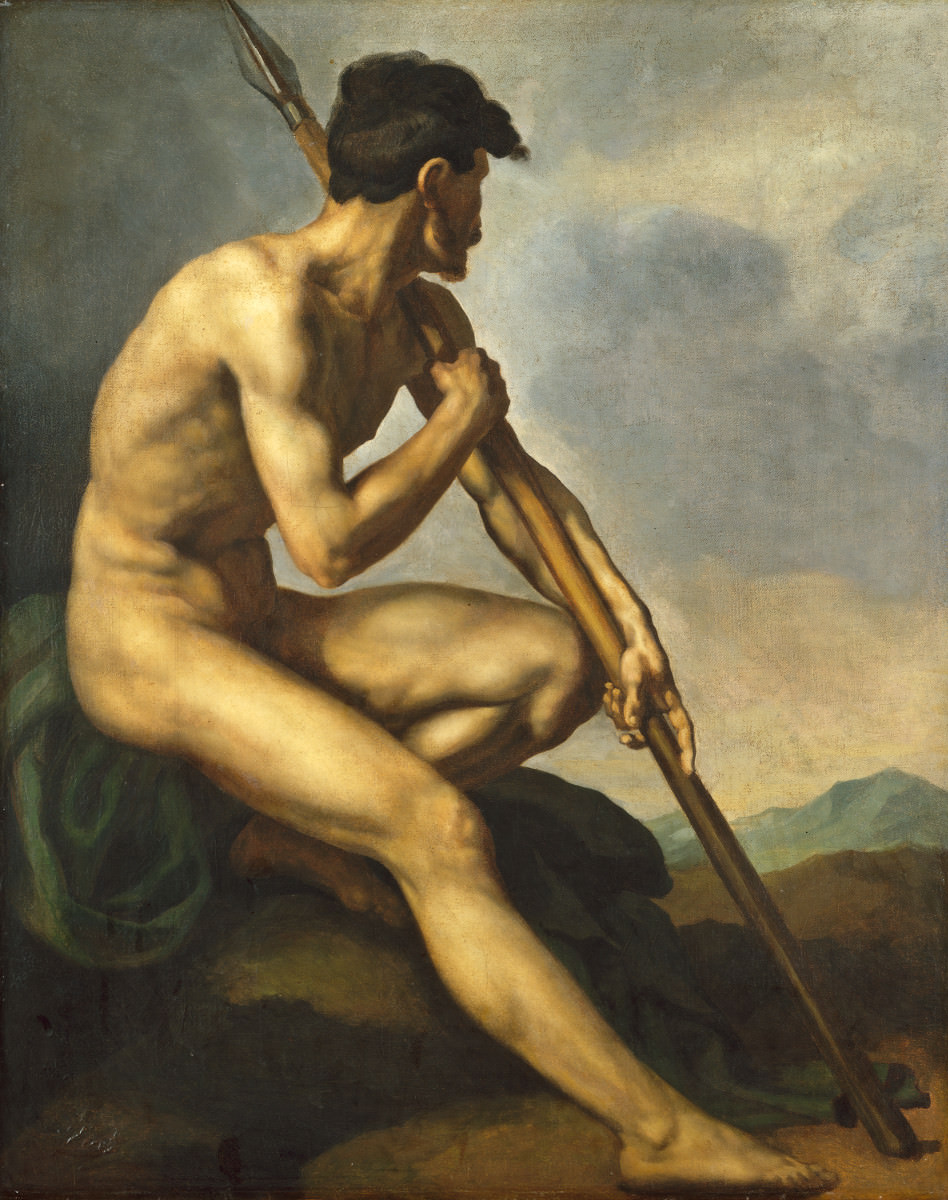
The Sculpture
The course of events gave the genius of the age, a direction that threatened to push him farther and farther from the Art of the ideal. This must abandon reality, rise up, with decency, and dare beyond deprivation, for Art is the daughter of freedom and wants to be legislated by the necessity of the spirit, not by the deprivation of matter. (SCHILLER, 2002, p.21)
Romanticism exaggerated in expressiveness and drama. Fantasy, heroism and literature went hand in hand, and the result could not be more beautiful. In the slot, sculptures overflowed with emotion, full of expressiveness and the feeling was that the images materialized. In the form, sculptures exacerbated in movement; and the themes went by the fantasy, exalted the hero, the nature and the imagination of the artificer. The materials were bronze, marble and wood.

French sculptors are Antoine-Louis Barye (1796-1875), followed by Jean-Baptiste Carpeaux (1827-1875) and François Rude (1784-1855), It had participation in the high relief of the Arch of Triumph in Paris, with the work The Departure of the Volunteers.

In figure 5, Barye made clear the great feature of his work, which was the representation of animals, although his work has also gone through anatomy. The Eagle with open wings, appears to be ready to take flight or for an attack. In his other work a horse attacked by a tiger makes useless attempt to raise. He writhes in pain, realizing the impending death. The emphasis on expression dispenses details, as it was the thought of the sculptor of the period.
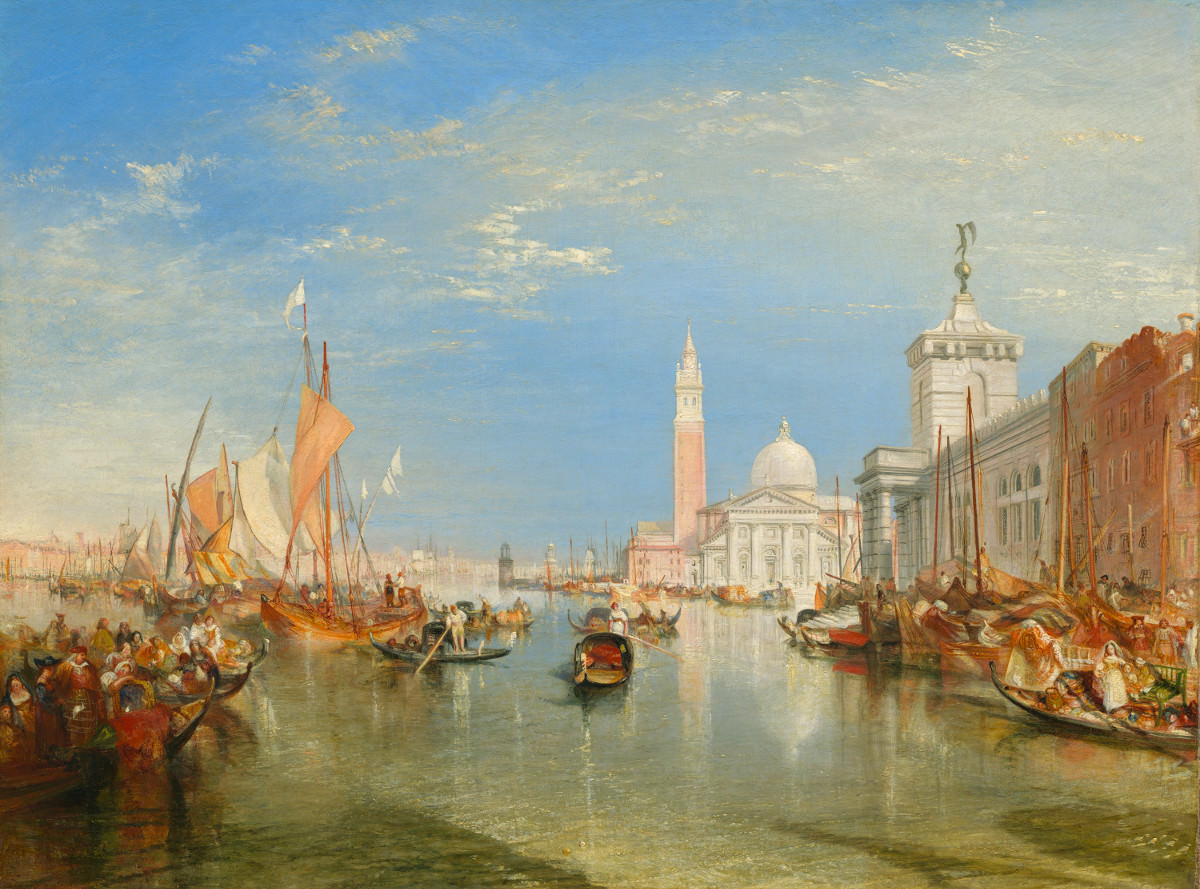
Girl with the shell , in figure 7, of Carpeaux, presents a cheerful and jovial expression, with grace and lightness. Complete innocence of the scene, a smile of girl, that seems to have fun playing games, blending her curls to the ripples of the shell that she holds on the head. Among the famous works of Carpeaux, are Hugolino and his sons, exposed in the Metropolitan, New York; and the Dance, at the Musée d'Orsay, Paris. With few possessions, the sculptor had to have several jobs to pay courses to improve. His freedom and the chance to explore his creativity however, came only with the recognition of his work.

The Painting
What consumes my heart is this dominating force that is hidden under the totality of nature and that produces nothing that does not destroy what surrounds it and, finally, itself… And so I wander tormented there. Heaven, earth and their active forces around me! I see nothing but a monster that swallows eternally and forever chews and swallows. (GOETHE, 2009, p.82)
Romantic Literature exalted passion, platonic love and nature, it rejected moderation, and became exaggerated. In Painting, this extravagance was on account of the spaces that have become grand, open, close to nature and exotic. The feelings became evidenced and valued. The lyricism of the bucolic scenes was a rejection of conservatism. There was a distinct sense of spirituality, of color, of longing for infinity (BAUDELAIRE in BLUGLER, 2014, p.235). Romanticism became distant from the Neoclassical then.

The Painting anticipated the Modern Art, and the color was used with greater intensity, in stains, with sinuous lines, suggesting the drama and the dynamism, without concern for the exactness of the forms. Romanticism still wandered across countries, with different features. In France, Eugène Delacroix (1798-1863) and Théodore Géricault (1791-1824) emphasized color and heroism. Religiousness and precision were the hallmarks of style, in Germany, with Caspar David Friedrich (1774-1840). In England, William Turner (1775-1851) accentuated the stain of color and William Blake (1757-1827) exaggerated in eccentricity. The somber images of Francisco de Goya (1746-1828) were the great romantic representations in Spain. The Art became sublime.

Painted shortly before the death of Delacroix, the Arabs fighting in the Mountains work (Fig. 8), left the clear dramatization of a struggle. In the foreground of the scene, a horse writhes, on the ground; the knight and the charge are down, evidencing a combat. In the background, there are people running, with guns and horses. In the third plan, the rocky ground leads to a castle, at the back of the scene. The image completed with the flawless use of color, of the blue sky blue, the red and white characters' clothes, contrasting with the pastel tones of the soil and the mountain.

Considered the precursor of Impressionism, Turner represented very well the Romanticism. His work with color in spots, in spots, reminds of blurred images, moving clouds, the advent of storms and, above all, human smallness before the grandeur of nature. In figure 11, the sea and the sky appear to conspire against moving boats. The disorder of the clouds and the agitation of water are foreshadows of the enormous forces of nature. The ravishing, Turner’s Venetian (Fig. 12) has an exhilarating blue sky with its reflection in the sea. It is the spirit of the work; It is what leads the gaze into the scene and invites us to perceive even the heat that the sun radiates, in its attempt to expose itself, amidst the scattered clouds. The sailors carrying charcoal (Fig. 13) is blurred and the protagonist is the moon. Its light is gradual, it absorbs, slowly, the landscape, converging the look towards the center. The sea is just a mirror of clarity, boats and life. His use of perspective and vanishing point techniques was flawless. The inaccuracy of the images, the intensity of the color, the winding lines and the effects of natural light, are the unmistakable features of Turner, explored later by the Impressionists.

Perhaps the most shocking images of Romanticism have come from Goya. Aesthetic freedom made clear the artist's indignation, in the face of injustice and oppression, when Napoleon's troops invaded Spain, and fired the rebels, in 1808. His revolt against the oppressors led him to produce The Third of May 1808 2 (Fig. 20), which theme inspired Picasso, in Guernica, from 1937. In the work of Goya, showed the horror and fear of the civilians, trapped, in the darkness of the night, next to stacked bodies. Intensify the expressive character of the work, the blood spurting on the ground and the man disarmed, in the center, with open arms, terrified. Through drama, the artist made clear his state of mind and showed his aversion to tyranny. Goya worked with the light effects, with the chromatic intensity, and with the color in spots; but especially valued and exalted the emotions, the main character of Romanticism.
I do not see lines or details, there is no reason
for my brush to see more than I do.
(GOYA in BUGLER, 2014, p.245)
Final Considerations
Why do things have to be this way, and what makes the happiness of man also become the source of his disgrace.
The full and warm sensitivity of my heart to living nature, in which it flooded me with so many pleasures, to the point of making the world around me a paradise, has now become, for me, an unbearable executioner, A torturing genius, who haunts me everywhere. (GOETHE, 2009, pp.79, 80)

The Art of the 19th century speaks about the freedom, but also about the idealism and ethical values, because it brought up emotions, values and principles. For Schiller (1759-1805), Aesthetic freedom is able to promote an improvement of ethics and moral. The German writer believed that,
In the physical state man only suffers the power of nature; He frees himself from this power in the aesthetic state; and dominates it in the moral state. What is man before beauty elicits him the free pleasure and the serene way to slow him down to the wild? Eternally uniform in his ends, alternating eternally in his judgments, selfish without being himself, released without being free, slave without serving a rule. (SCHILLER, 2002, p.119)
Schiller was right. For him, education would be a way of balancing society and the path was in Art and Aesthetics. This is because the contemplation of a work puts us in touch with the feelings of good and softens the wild state. By Beauty, the spirit is lead to freedom, and consequently, to the ethical state.
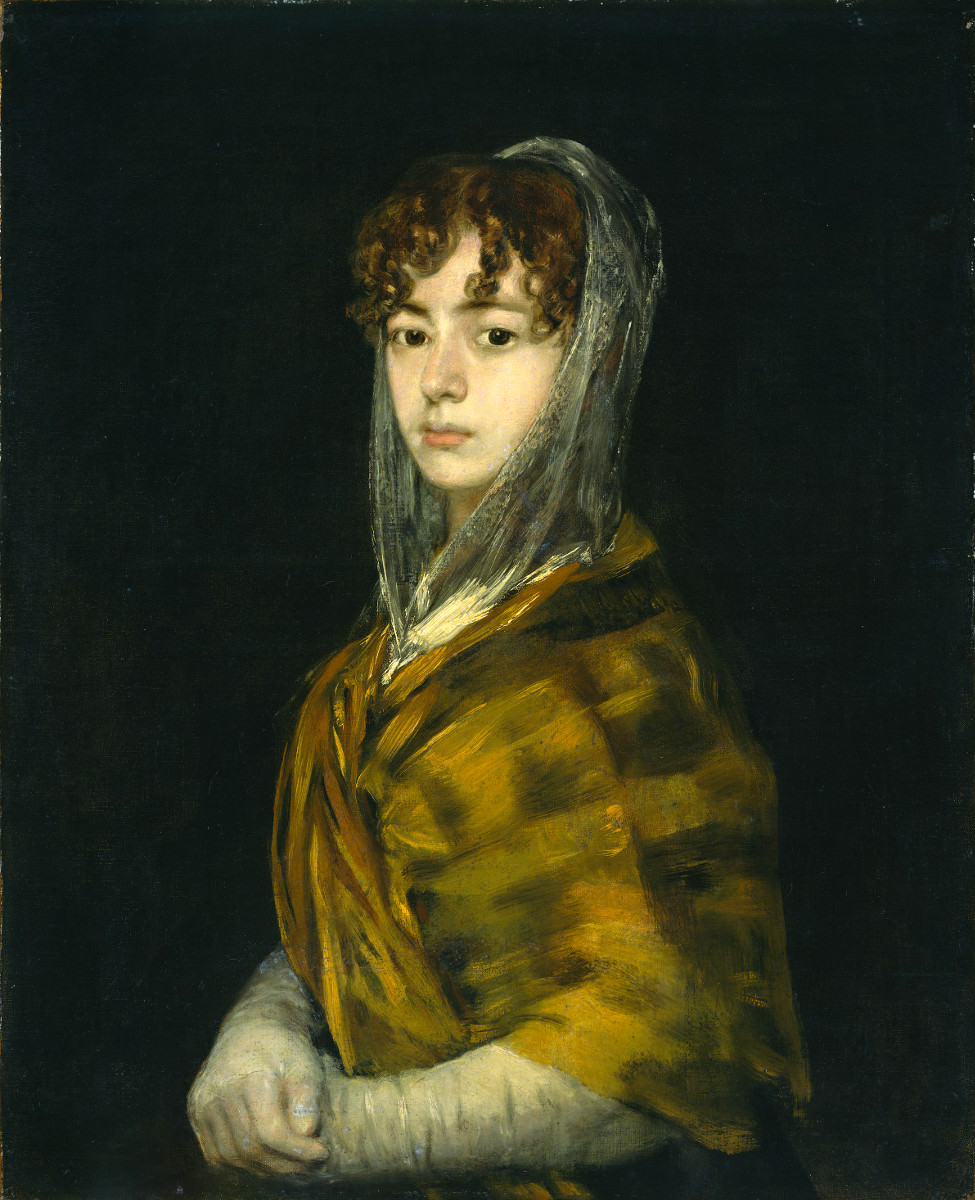
Romanticism still left its mark on Literature, and, in 1774, Goethe (1749-1832) shocked the German society, with the Sorrows of the Young Werther. The platonic love, the devastating passion, and the deep sorrow of the young man may have inspired the suicides that occurred in Germany, at the time. In England, Lord Byron (1788-1824) produced the poem Don Juan (1818-1823); and Horace Walpole (1717-1797) began the Gothic novel with The Castle of Otranto (1764). In France, The Beauty and the Beast, the earliest version of The Beauty and the Beast was in 1756, by Jeanne-Marie LePrince de Beaumont (171-1780) who adapted the traditional tale of Gabrielle-Suzanne Barbot (1695-1755). Also in France, Victor Hugo (1802-1885) launched, in 1831, The Hunchback of Notre-Dame in 1862, Les Miserables, which had seven thousand copies sold in 24 hours. In the United States, Edgar Allan Poe became one of the greatest representatives of gloomy Romanticism, through melancholy and irrationality.
But amid so much wealth from this period, the main legacy of this period was the free spirit in love with truth and good. The Art of the 19th century became a means of exposing ideals, of stamping out ethical and moral issues. These conditions left traces that would forever change the meaning of Aesthetics and culminate in Modern Art, in the 20th century.

And it is Edgar Allan Poe's poem that ends this text.
Once upon a midnight dreary, while I pondered, weak and weary,
Over many a quaint, and curious volume of forgotten lore,
While I nodded, nearly napping, suddenly there came a tapping
As of some one gently rapping, rapping at my chamber door.
“’Tis some visitor”, I muttered, “tapping at my chamber door.
This it is, and nothing more”Ah, distinctly I remember! it was in the bleak December,
And each separate, dying ember, wrought its ghost upon the floor.
Eagerly I wished the morrow, vainly I had sought to borrow
From my books (surcease of sorrow!) sorrow for the, lost Lenore –
For the rare and radiant maiden whom the angels name Lenore,
Nameless here for evermore!And, the silken, sad, uncertain rustling of each purple curtain
Thrilled me, filled me with fantastic terrors never felt before!
So that now, to still the beating of my heart, I stood repeating,
“’Tis some visitor entreating entrance at my chamber door;
Some late visitor entreating entrance at my chamber door.
This it is, and nothing more”.
(POE, 2008, p.45)It is certain, in any case, that in this world there is nothing more necessary to men than love. (GOETHE, 2009, p.78)
1 Victor Hugo was a writer who acted in politics. His most famous works, The Hunchback of Notre Dame (1831) and The Miserables (1862).
2 Video about the work The shootings of 3 de Mayo, Francisco de Goya, from the Museu do Prado: www.museodelprado.es/coleccion/obra-de-arte/el-3-de-mayo-en-madrid-o-los-fusilamientos/5e177409-2993-4240-97fb-847a02c6496c
References:
- BAUDELAIRE, Charles. Sobre a Modernidade. São Paulo: Editora Paz e Terra, 1997.
- BAYER, Raymond. História da Estética. Lisboa: Editorial Estampa, 1993. Tradução de José Saramago.
- CHILVERS, Ian; ZACZEK, Iain; WELTON, Jude; BUGLER, Caroline; MACK, Lorrie. História Ilustrada da Arte. São Paulo: Publifolha, 2014.
- COSTA, Cláudio Manuel da. Poemas Escolhidos. Rio de Janeiro: Editora Saraiva, 2014.
- EAGLETON, Terry. A Idéia de Cultura. São Paulo: Editora UNESP, 2005.
- FARTHING, Stephen. Tudo Sobre a Arte. Rio de Janeiro: Sextante, 2011.
- GOETHE, Johann Wolfgang. The sorrows of Young Werther. Porto Alegre: Ed. L & PM. 2009.
- GOMBRICH, E.H. A História da Arte. Rio de Janeiro: Editora Guanabara, 1988.
- HAUSER, Arnold. História Social da Arte e da Literatura. Martins Fontes, São Paulo, 2003.
- MASSAUD, Moisés. A Literatura Brasileira através dos Textos. São Paulo Ed.Cultrix, 2000.
- PESSOA, Fernando. Mensagem – Obra Poética I. Porto Alegre: Ed. L & PM. 2006.
- POE, Edgar Allan. A Filosofia da Composição. Rio de Janeiro: 7 Letters, 2008. Tradução: Léa Viveiros de Castro.
- POE, Edgar Allan. Poemas e Ensaios. São Paulo: Editora Globo, 1999.
- POE, Edgar Allan. The Complete Poetry. New York: Penguin Group, 2008.
- SCHILLER, Friedrich Von. A Educação Estética do Homem. São Paulo: Ed. Iluminuras, 2002.
- SCHILLER, Friedrich Von. Fragments of Lectures on Aesthetics. Belo Horizonte: Ed. UFMG – Departamento de Filosofia, 2004.
- VIG, Rosângela Araújo Pires. DA ARTE COMO COMUNICAÇÃO À COMUNICAÇÃO COMO ARTE. Comunicação, Cultura e Mídia, Uniso, Sorocaba: 2010. Available in:
comunicacaoecultura.uniso.br/prod_discente/2010/pdf/Rosangela_Vig.pdf
The figures:
Fig. 1 – Church of Saint Patrick, New York, United States, Miguel Vig Filho.
Fig. 2 – Church of Saint Patrick, New York, United States, Miguel Vig Filho.
Fig. 3 – Church of Saint Patrick, New York, United States, Miguel Vig Filho.
Sign up to receive Event News
and the Universe of Arts first!
Fig. 4 – Interior of the Church of Saint Patrick, New York, United States, Miguel Vig Filho.
Fig. 5 – Eagle with wings outstretched and open beak, Antoine-Louis Barye, model date unknown, cast after 1862, in bronze. National Gallery of Art, Washington. Gift of Elizabeth L. Klee.
Fig. 6 – Algerian Dromedary, Antoine-Louis Barye, model date unknown, cast after 1862, bronze. National Gallery of Art, Washington. Collection of Mr. and Mrs. Paul Mellon.
Fig. 7 – Girl with a shell, Jean Baptiste Carpeaux, cast between 1863 and 1867, in marble. National Gallery of Art, Washington. Samuel H. Kress Collection.
Fig. 8 – Arabs Skirmishing in the Mountains, Eugène Delacroix, 1863. National Gallery of Art, Washington. Chester Dale Fund.
Fig. 9 – Nude Warrior with a Spear, Théodore Gericault, 1816. National Gallery of Art, Washington. Chester Dale Collection.
Fig. 10 – Northern Landscape Spring, Caspar David Friedrich, 1825. National Gallery of Art, Washington. Patrons’ Permanent Fund.
Fig. 11 – Rotterdam Ferry-Boat, Joseph Mallord William Turner, 1833. National Gallery of Art, Washington. Ailsa Mellon Bruce Collection.
Fig. 12 – Venice: The Dogana and San Giorgio Maggiore, Joseph Mallord William Turner, 1834. National Gallery of Art, Washington. Widener Collection.
Fig. 13 – Keelmen Heaving in Coals by Moonlight, Joseph Mallord William Turner, 1835. National Gallery of Art, Washington. Widener Collection.
Fig. 14 – The rape of Proserpine, Joseph Mallord William Turner, 1839. National Gallery of Art, Washington. Gift of Mrs. Watson B. Dickerman.
Fig. 15 – The Dogana and Santa Maria della Salute, Venice, Joseph Mallord William Turner, 1843. National Gallery of Art, Washington. Given in memory of Governor Alvan T. Fuller by The Fuller Foundation, Inc.
Fig. 16 – The Last Supper, William Blake, 1799. National Gallery of Art, Washington. Rosenwald Collection.
Fig. 17 – Don Antonio Noriega, Francisco de Goya, 1801. National Gallery of Art, Washington. Samuel H. Kress Collection.
Fig. 18 – Young Lady wearing mantilla and basquina, Francisco de Goya, 1800-1805. National Gallery of Art, Washington. Gift of Mrs. P.H.B. Frelinghuysen.
Fig. 19 – Señora Sabasa Garcia, Francisco de Goya, 1806-1811. National Gallery of Art, Washington. Andrew W. Mellon Collection.
Fig. 20 – Los Fusilamientos 3 de Mayo, Francisco de Goya, 1814. Museo del Prado.
You might also like:
- First Traces of Modern Art – Abstract Expressionism in Brazil by Rosângela Vig
- First Traces of Modern Art – Expressionism in Brazil by Rosângela Vig
- Modern Art – Abstract Expressionism by Rosângela Vig
- First Traces of Modern Art – Impressionism in Brazil by Rosângela Vig
- Modern Art – Surrealism by Rosângela Vig
- Modern Art – Abstractionism by Rosângela Vig
- Modern Art – Cubism by Rosângela Vig
- Modern Art – Expressionism by Rosângela Vig
- First Traces of Modern Art – Symbolism by Rosângela Vig
- First Traces of Modern Art – Post-Impressionism by Rosângela Vig
- First Traces of Modern Art – Impressionism by Rosângela Vig
- Romanticism in Brazil by Rosângela Vig
- The Neoclassical Art in Brazil by Rosângela Vig
- The Rococo in Brazil by Rosângela Vig
- The Neoclassical Art by Rosângela Vig
- Rococo by Rosângela Vig
- How appears the Surreal Work by Rosângela Vig
- The Baroque in Brazil by Rosângela Vig
- Baroque by Rosângela Vig
- Mannerism by Rosângela Vig
- Flemish Art – Renaissance in Northern Europe by Rosângela Vig
- Renaissance by Rosângela Vig
- The Contemporary, A little about the Urban Art by Rosângela Vig
- The Naive Art – Ingénue Art by Rosângela Vig
- Middle Ages, Byzantine Art by Rosângela Vig
- Middle Ages, Romanesque Art and Gothic Art by Rosângela Vig
- The Roman Art by Rosângela Vig
- Greek Art, Art History in Ancient Greece by Rosângela Vig
- The Egyptian Art by Rosângela Vig
- The Prehistoric Art by Rosângela Vig
- The beauty Art and the sublime Art by Rosângela Vig
- The Game of Art by Rosângela Vig
- The Misunderstood Art by Rosângela Vig
ROSÂNGELA VIG
Sorocaba – São Paulo
Facebook Profile | Facebook Fan Page | Website
Columnist at Website Obras de Arte
E-mail: rosangelavig@hotmail.com
